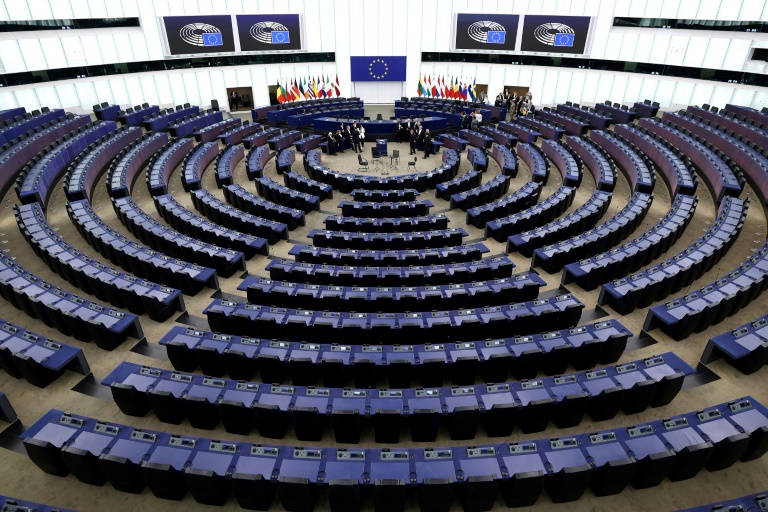GOLDMAN Sachs plans to cut down on stock repurchases after the Federal Reserve’s annual stress test required it to set aside more capital. The bank again pushed back against the results.
The firm will “moderate buybacks versus the levels of the second quarter” in light of the larger-than-expected stress-capital buffer, chief financial officer Denis Coleman said. Goldman bought back US$3.5 billion in shares in the second quarter.
“The year-over-year increase in our stress capital buffer does not seem to reflect the strategic evolution of our business and the continuous progress we have made to reduce our stress loss intensity,” chief executive officer David Solomon said. “Given this discrepancy, we are engaging with our regulators to better understand its determinations.”
In June, the biggest US banks passed the Fed’s annual stress test, indicating that they would have enough capital to withstand a financial downturn. Goldman’s results showed its so-called common equity tier 1 capital ratio fared worse than several peers in a “severely adverse” scenario.
Goldman’s stress-capital buffer increase was driven primarily by lower fee income, which was likely a function of a lower starting point in fees given industry investment-banking revenues at the start of the test, Morgan Stanley banking analyst Betsy Graseck had written previously in a report. Graseck reduced her forecast for full-year earnings for the bank based on the outcome of the result, with Goldman’s regulatory minimum CET1 ratio climbing to 13.9 per cent from 13 per cent. BLOOMBERG







